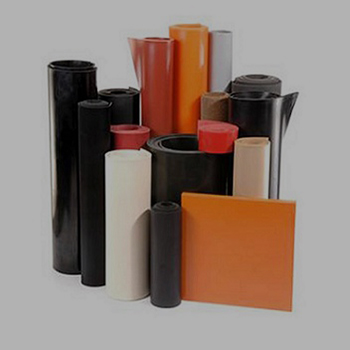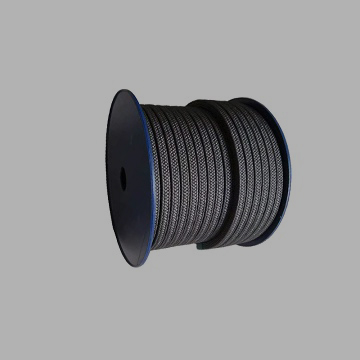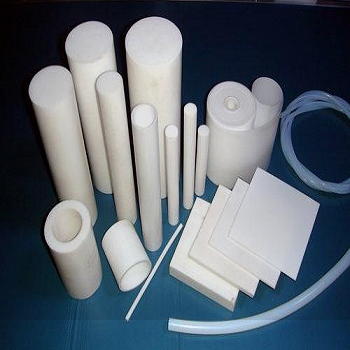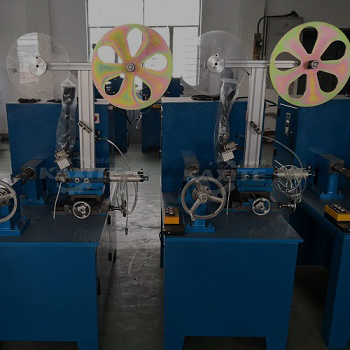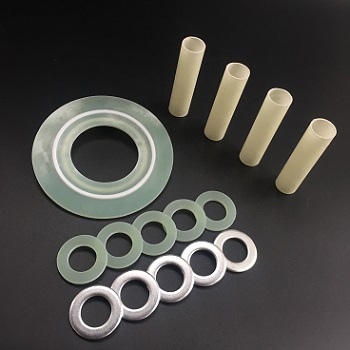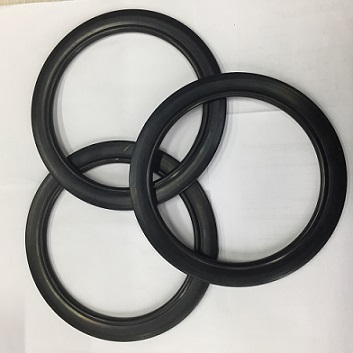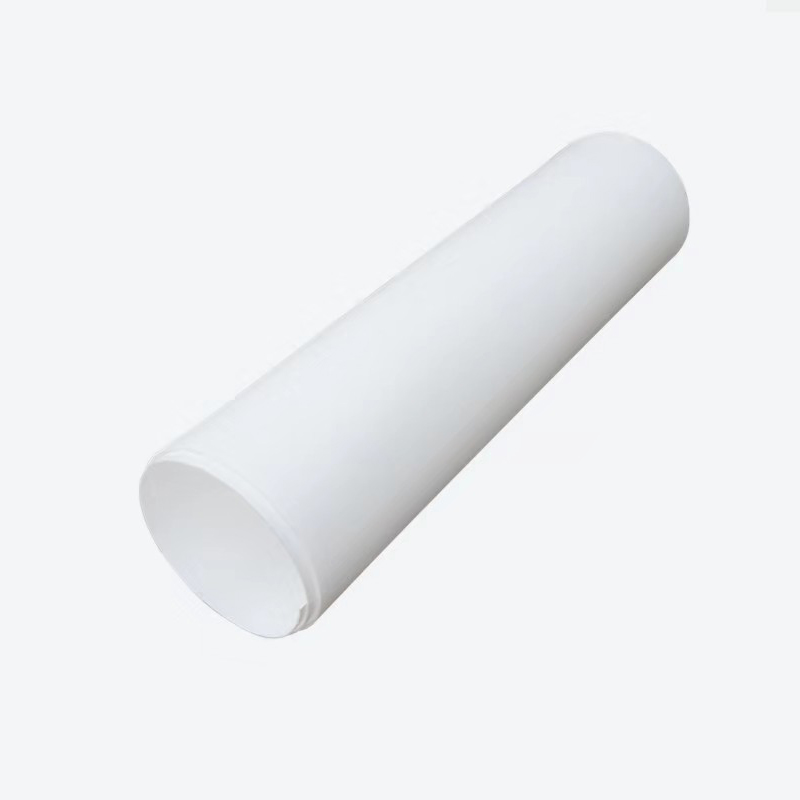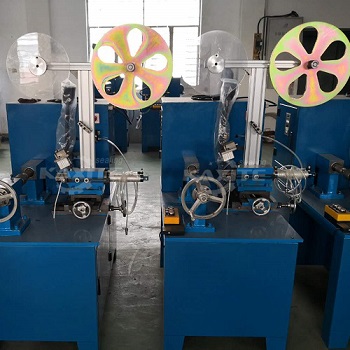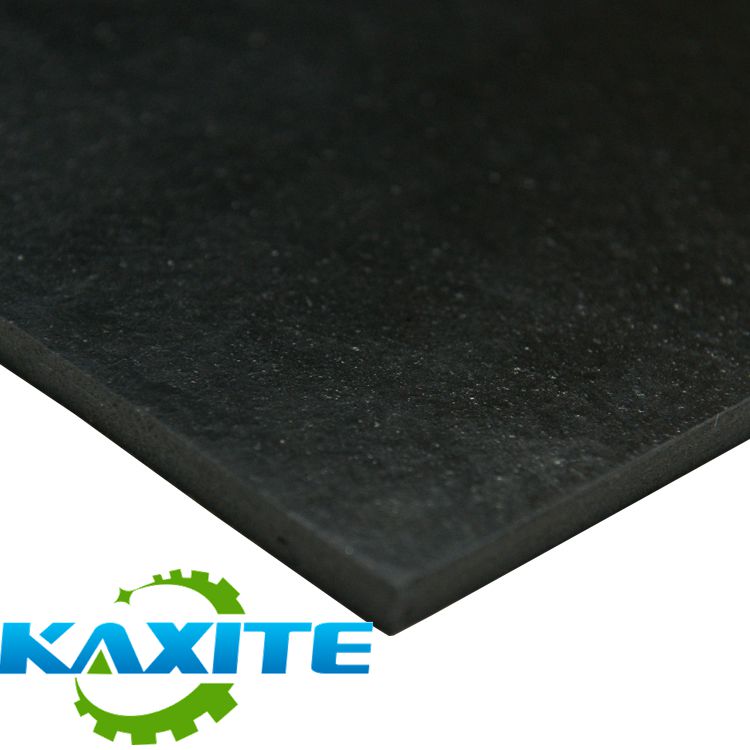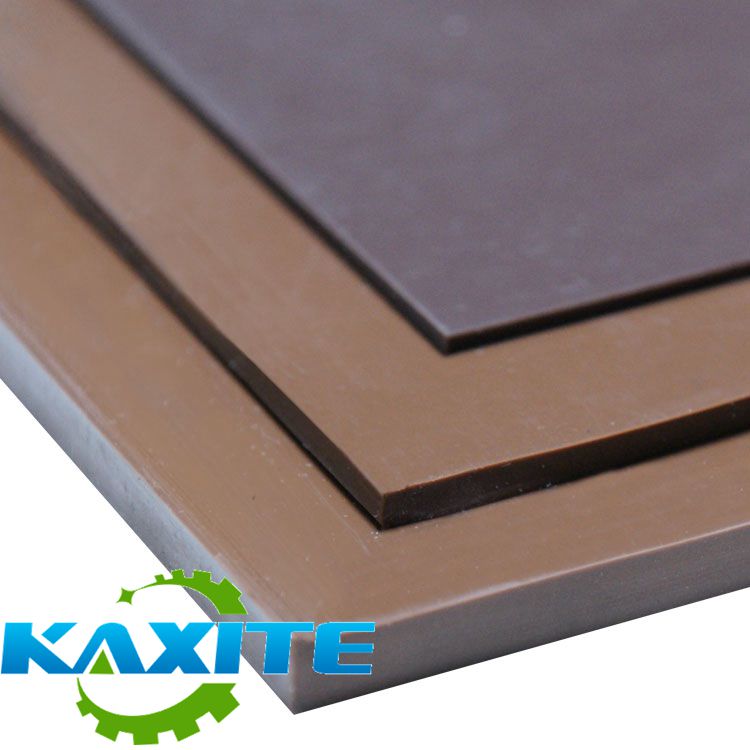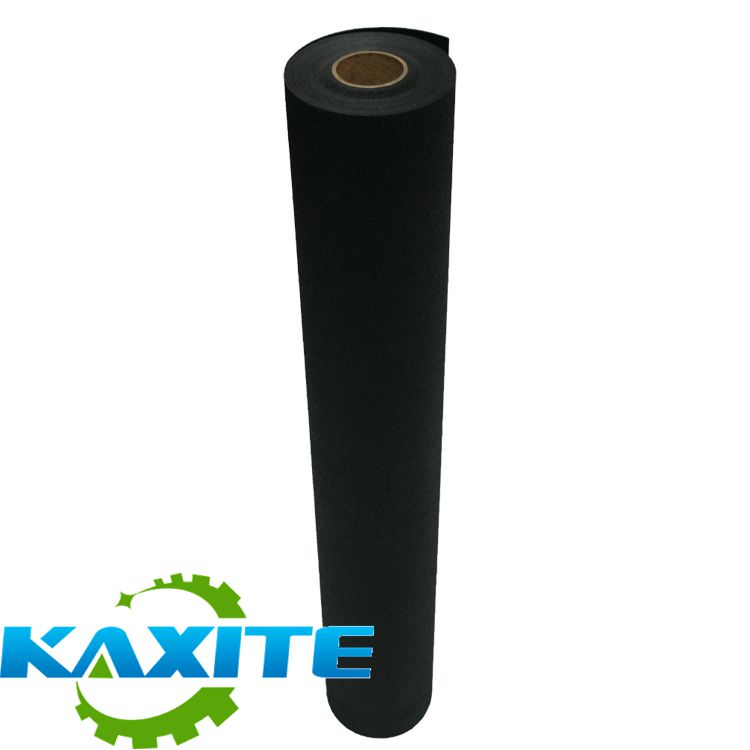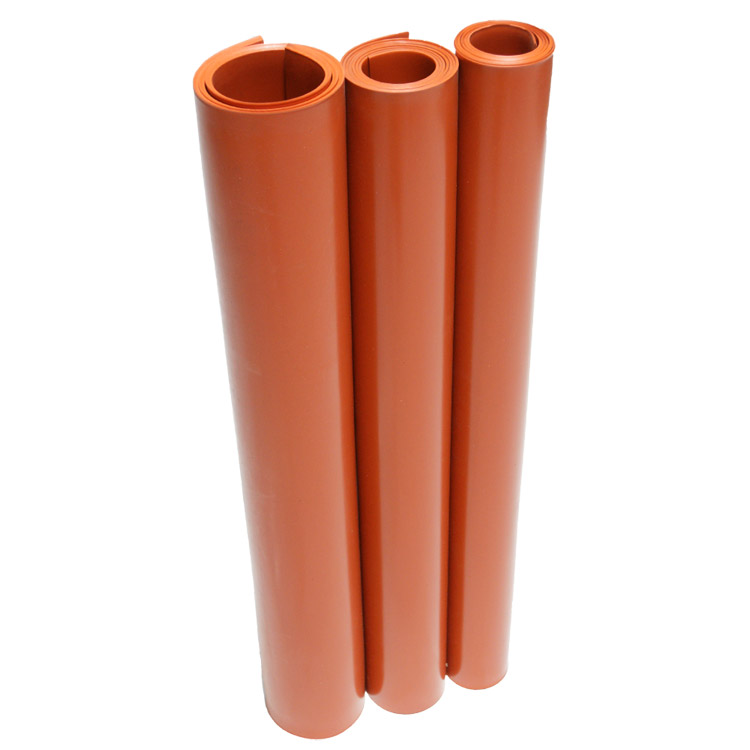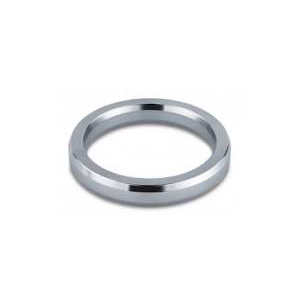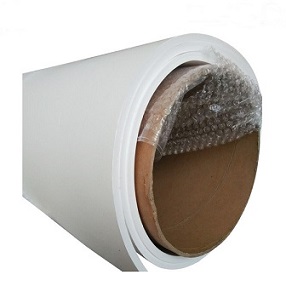About Us
Latest News
- 27/04/2020
What is Ring Type Joint (RTJ) gasket?
Read MoreThe Ring Type Joint (RTJ) gasket is a forged ring that fits into the machined groove of an RTJ flange. The ring type joint gaskets are either octagonal or oval in cross-section. RTJ gaskets are generally used for high pressure and high-temperature applications. It is widely used in refinery, petrochemical and oil field drilling industries. The Ring type joints are manufactured as per ASME B16.20. They are dimensionally suitable for use with flanges manufactured as per standards ASME B 16.5, ASME B16.47, and API 6A.
- 17/03/2020
Expanded PTFE Sheets, Full range of thickness can be done!
Read MoreKAXITESEAL Expanded PTFE Sheet made from biaxial oriented expanded PTFE sheeting that is laminated to the required thickness. Expanded 100% virgin PTFE using a proprietary process that products a uniform and highly frbrillated microstructure with equal tensile strength in all directions.
- 30/10/2017
Installing Grafoil Crinkle Gasket Tape
Read More1. Brush off any rust or foreign particles. Wipe flange surface thoroughly with a rag soaked in acetone or other suitable solvent to remove grease or oil. 2. Insert fingernail between the paper backing strip and the tape and strip the paper back three to six inches. Draw a reference line in flange and press squared off end of tape against it. 3. Now, start laying the tape along the face of the flange, peeling the paper backing as you go. To prevent the adhesive surfaces of the tape from doubling back on themselves and sticking together, strip away only a few inches of paper at a time.





